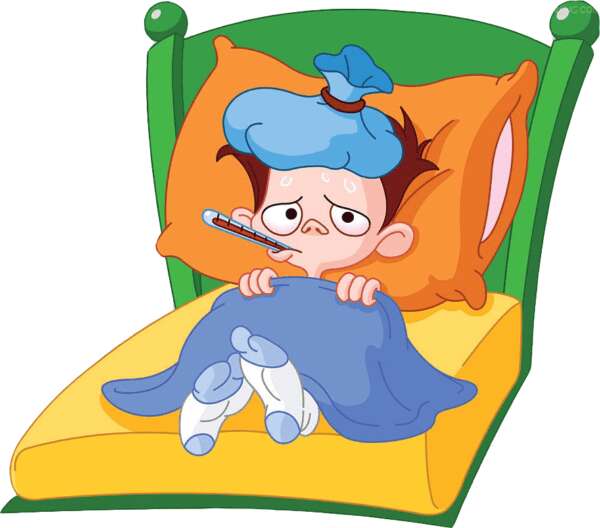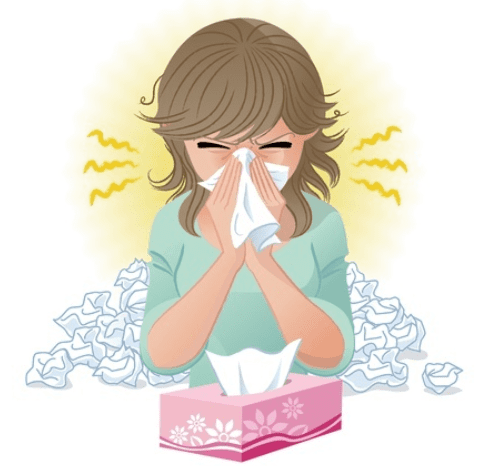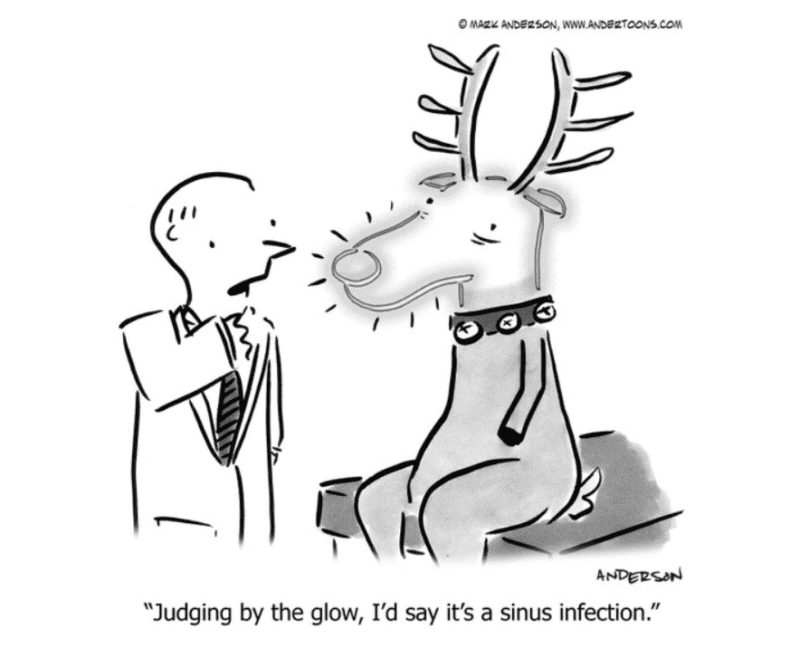My Child is Sick… When Should I Be Concerned?
My child has a “virus” but is not getting better… What now?
Hey Moms… we know this winter has been rough. Give yourself and your family the gift of peace of mind around all health related concerns. My patients just call or text DIRECTLY to my cell whenever they have a question. I take the time to understand their concerns and answer all of their questions. Every time.
I was told it is “a virus”…. What should my child be tested for?

Sometimes… The fever is not caused by a virus at all…
If your child has a high fever with a sore throat without a cough… you likely will get a strep test to ensure there is no strep throat.
My child is not getting better… when should I be concerned?
The course of any viral illnesses can last 1-2 weeks. Fevers can usually be controlled with medication, like Children’s Tylenol, when given in the correct dose. Fevers generally resolve within 5 days. The cough may linger around for a while afterwards.
Children who have had recent viral upper respiratory infections are at greater risk for developing a secondary bacterial infection. Generally, these occur when the cold is clearing up and the child is improving.
If your child develops a high fever at the tail-end of a “cold” or a worsening cough… then it might be time to take that kiddo in for another exam. Typical bacterial infections that occur at the end of a viral upper respiratory illness can include ear infections and pneumonia. These infections generally occur after the immune system has been weakened by the viral illness.
Signs that may warrant further evaluation with your doctor
- Persistent fever 102 for more than 2 days /recurring/not controlled with medication
- Fever that is above 104 at any time
- Child looks very ill or drowsy or is not consolable
- Signs of dehydration (dry diapers/not peeing, dry mouth and lips despite giving pedialyte)
- Unusual rash
- Very sore throat, bad headache or vomiting
- Has a weakened immune system (children with underlying chronic conditions)




